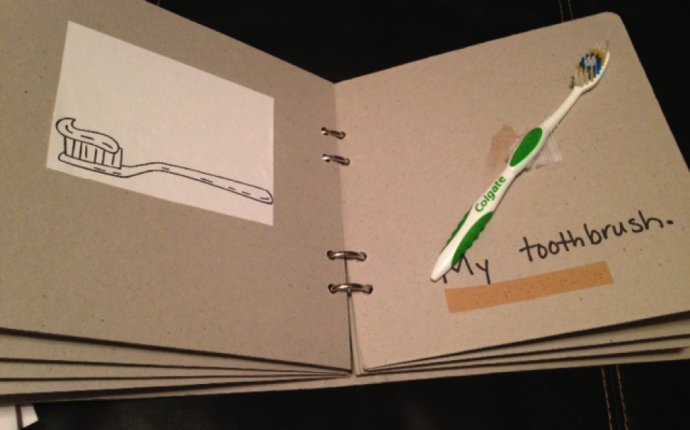
teaching strategies for visually impaired
Strategies to promote literacy for children with blindness or visual impairment:
- Determine what medium is best for an individual child through the Learning Media Assessment. This may be braille, print, dual media, auditory strategies, objects, symbols, or some combination.
- Provide books and literacy tools in a format that is accessible to the child.
- Read aloud using stories and books that are interesting and appropriate for the child.
- Create a literacy-rich environment, in which the child knows that others are reading and writing.
There are a variety of methods that students with visual impairments use to read. Often a single student will use different strategies in particular settings or for specific materials or content. The first step in determining what approach will be most effective for an individual student is a Learning Media Assessment. The Learning Media Assessment (LMA) offers a framework for selecting appropriate literacy media for a student who is visually impaired. This includes braille, print, auditory strategies, and dual media.
Reading Strategies for Students with Visual Impairments
SET-BC (Special Education Technology British Columbia), a provincial resource program of the BC Ministry of Education, divides reading strategies for students with visual impairment into three main areas:
1. Paper strategies, including print, magnification and braille;
2. E-text strategies, including tracking, auditory support and refreshable braille;
3. Auditory strategies, including readers and auditory books.
For additional information on literacy for children with visual impairments, see:
What the National Reading Panel Says About Teaching Reading to Children with Visual Impairments
By Jim Durkel, Outreach Teacher, Texas School for the Blind and Visually Impaired
This article stresses the importance of collaboration by the entire education team, including the teacher of the visually impaired, classroom teacher, family, and reading specialist, to ensure that a child who has a visual impairment develops all of the skills needed to become a proficient reader.








